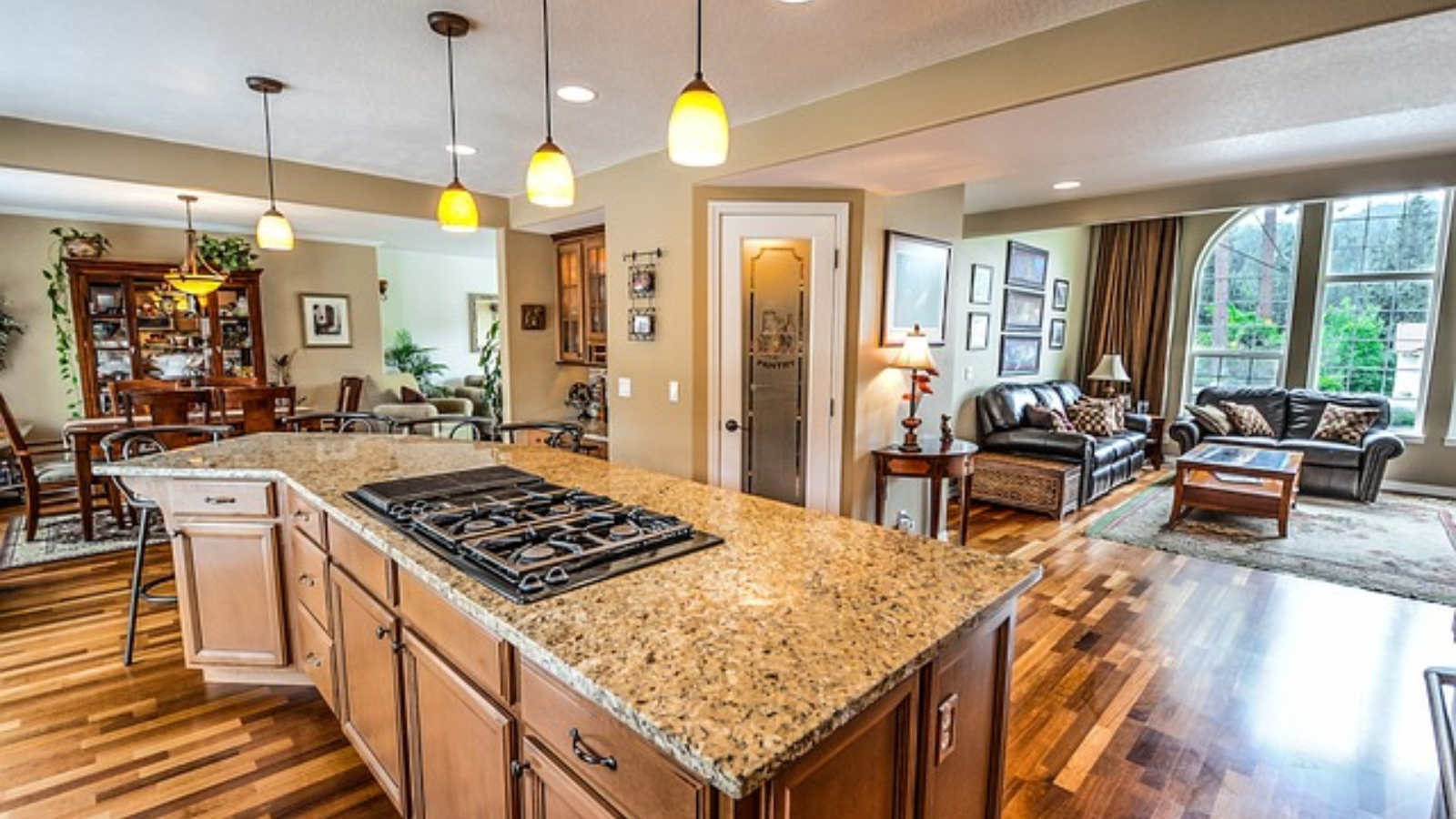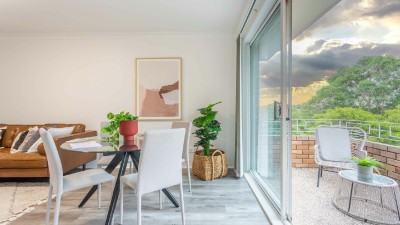Home & Design Trends for a Balanced Life

In a world where our homes have become more than just places to eat and sleep—they are now our offices, sanctuaries, and creative spaces—home design has taken center stage in defining how we live, feel, and express ourselves.
The modern home isn’t about grandeur or status; it’s about intention, warmth, and a lifestyle that reflects our values. As we seek balance in life, our living spaces must offer more than function—they should inspire comfort, creativity, and calm. Here’s a look into the current trends and timeless design philosophies shaping homes around the world.
1. Designing with Purpose: Intentional Spaces
The days of crowded rooms and mismatched decor are being replaced by spaces created with clear purpose. Every room should tell a story and serve a defined role. Whether it's a meditation corner, a minimalist reading nook, or a cozy breakfast bar, design now starts with how we want to feel in a space.
Tip: Before decorating, ask yourself, “What do I want this room to do for me?” Then design around that purpose. This mindset leads to fewer distractions and more meaningful living.
2. The Rise of Natural Materials
Wood, stone, rattan, linen, bamboo—these natural textures are making a strong comeback. Not only do they bring visual warmth and tactile comfort, but they also reconnect us to nature in subtle yet powerful ways.
Designers and homeowners are opting for earthy tones, raw finishes, and materials that age gracefully. Reclaimed wood dining tables, woven pendant lights, and handmade clay ceramics add charm and sustainability to any room.
Natural doesn't mean neutral—add color through indoor plants, muted terracotta walls, or green-tinted kitchen cabinets to blend style with serenity.
3. Multipurpose Rooms: Adapting to Modern Needs
With remote work and flexible schedules becoming the norm, multifunctional spaces are more important than ever. A living room might double as a yoga studio, while a guest bedroom may also serve as a home office.
Modular furniture, foldable desks, and mobile storage units are excellent investments for these adaptive environments. Curtains, partitions, or decorative shelves can create boundaries without heavy construction.
Design Tip: Use rugs and lighting to define different “zones” within the same room. It adds depth and order without crowding the space.
4. Biophilic Design: Bringing the Outdoors In
Biophilic design is more than adding houseplants—it’s a holistic approach to connect people with nature. From maximizing natural light and incorporating green walls to using organic forms and materials, this design principle nurtures well-being.
Research shows that exposure to natural elements indoors can reduce stress, enhance creativity, and even improve air quality.
Try this: Start with easy-to-care-for indoor plants like snake plant, pothos, or fiddle-leaf fig. Place them in areas where they get natural light, and watch how they transform the atmosphere.
5. Minimalism with Character
Minimalism has evolved. While the mantra of “less is more” still holds, today’s minimalism embraces personality. Think clean lines with cozy textures, neutral palettes with bold artwork, and uncluttered layouts with handcrafted accents.
The goal isn’t to strip your home bare—it’s to create space for what matters. A well-placed antique mirror or an heirloom rug can bring depth to a minimalist room without cluttering it.
Design Insight: Focus on quality over quantity. One statement piece—a sculptural lamp, a vintage coffee table, or a custom bookshelf—can anchor a room more effectively than several trendy accessories.
6. Sustainable & Local Design Choices
More homeowners are embracing eco-conscious decisions when it comes to home design. This includes buying locally crafted furniture, upcycling vintage pieces, choosing low-VOC paints, or installing energy-efficient lighting and insulation.
Sustainability doesn’t mean compromising style. In fact, it often leads to richer stories. A reclaimed wood shelf not only adds texture but comes with history. Handmade pottery or woven textiles reflect craftsmanship and culture.
Pro Tip: Choose timeless styles over fast furniture. Pieces that last longer reduce waste and often hold sentimental value.
7. Color Psychology in Design
Color affects mood, productivity, and comfort. That’s why today’s home designs increasingly focus on color psychology.
- Blues and greens promote calm and concentration—ideal for bedrooms and home offices.
- Warm neutrals like beige, taupe, and soft gray provide balance and are great for living spaces.
- Bold accents like mustard yellow, terracotta, or navy add vibrancy and create focal points without overwhelming the space.
Experiment by painting one wall, changing cushion covers, or swapping out artwork. You don’t need a full renovation to feel a fresh change.
8. Smart Home Integration with Style
Technology is becoming more embedded in our homes—but with a new emphasis on seamless design. Smart lighting, voice-controlled thermostats, and wireless sound systems can now be discreetly integrated into your decor.
Choose tech products that complement your interiors—sleek smart speakers, hidden charging docks, or even smart mirrors that blend in with minimalist bathrooms.
Design Hack: Hide cables using wall channels or furniture with built-in cord management. This keeps tech elegant, not distracting.
9. The Return of Personal Touches
Amid trends and aesthetics, the most important element in home design is you. Display personal art, family photographs, books you love, or souvenirs from your travels. These human elements turn a house into a home.
Handwritten notes on the fridge, a cozy chair passed down from a parent, or a shelf filled with childhood collectibles—these are the design pieces that can’t be replicated by stores.
Design Philosophy: Every home should reflect its owner's story. Trends come and go, but authenticity always feels timeless.
Final Thoughts: Creating Your Personal Haven
Home & design in the modern lifestyle isn’t just about appearance—it’s about how a space supports your daily rhythm, emotions, and aspirations. It’s where aesthetics meet purpose, and beauty meets function.
Whether you're renovating an old apartment, building a dream home, or simply rearranging your living room, remember: your home is a living canvas. Make it personal. Make it peaceful. And above all, make it yours.


